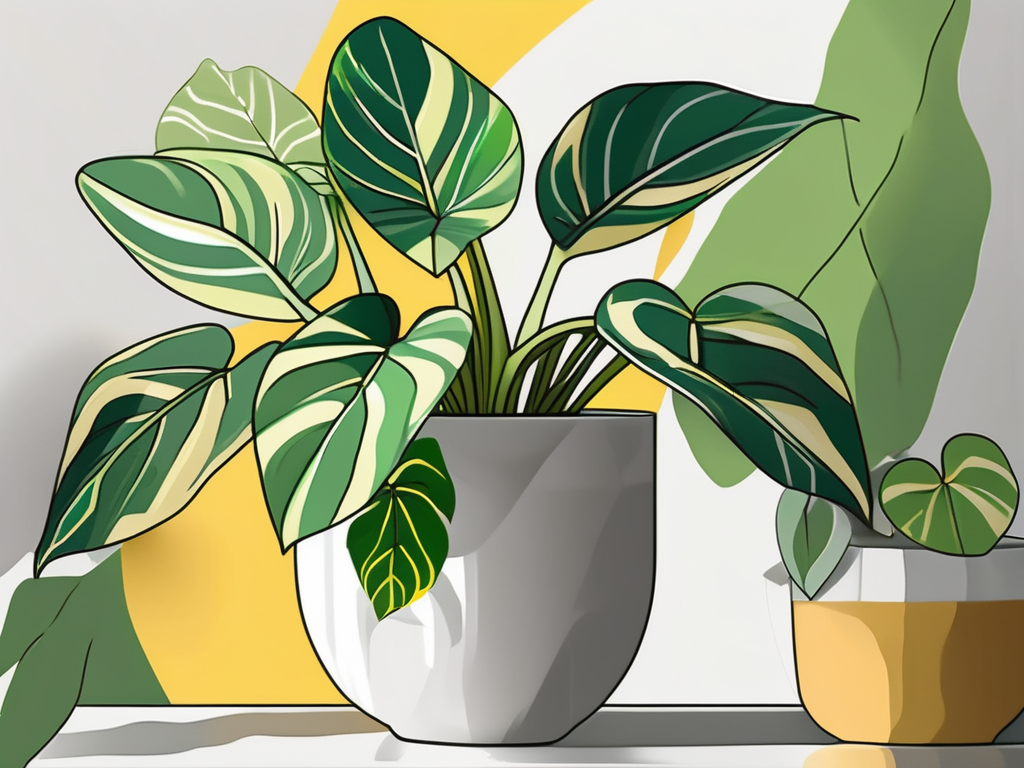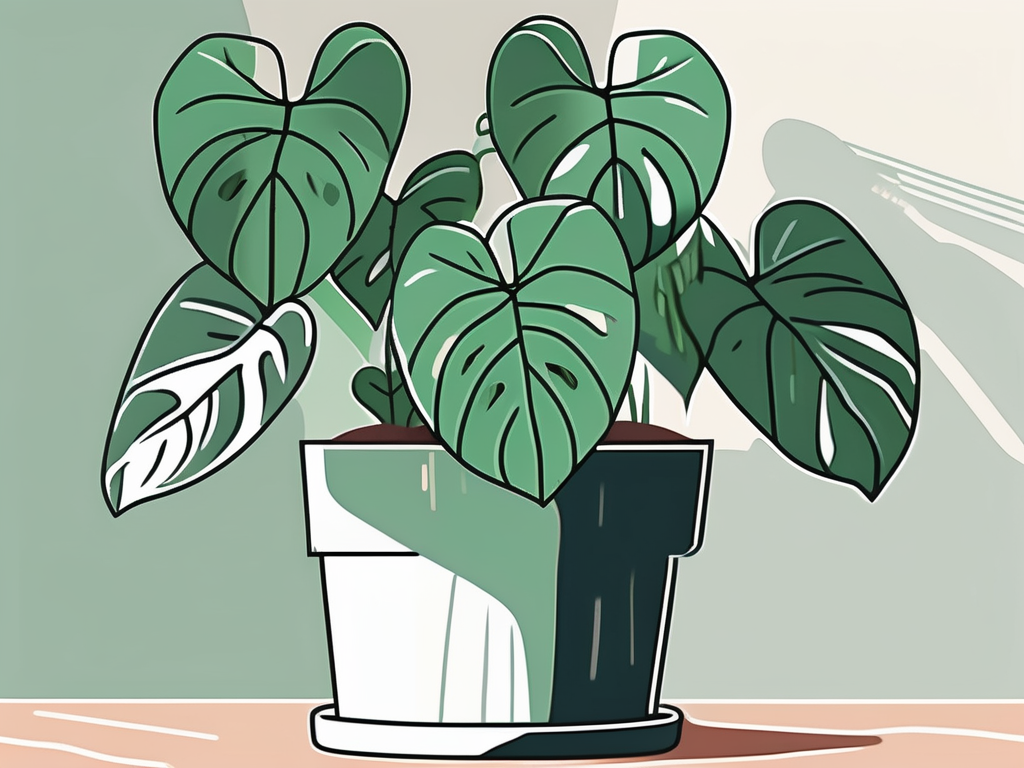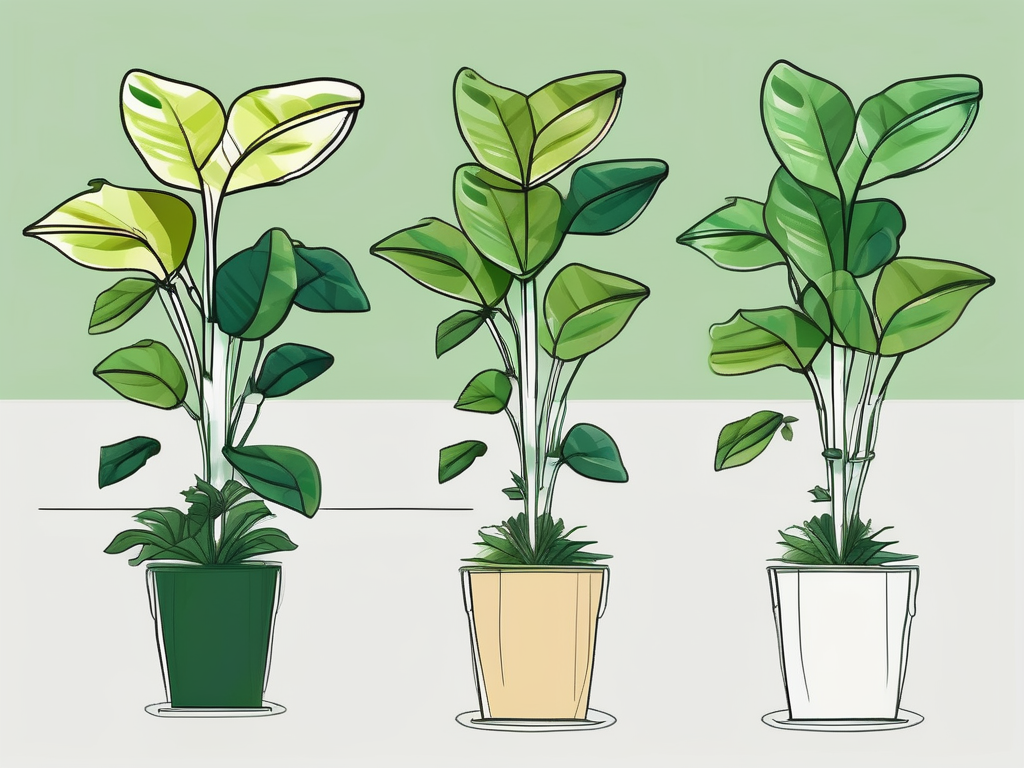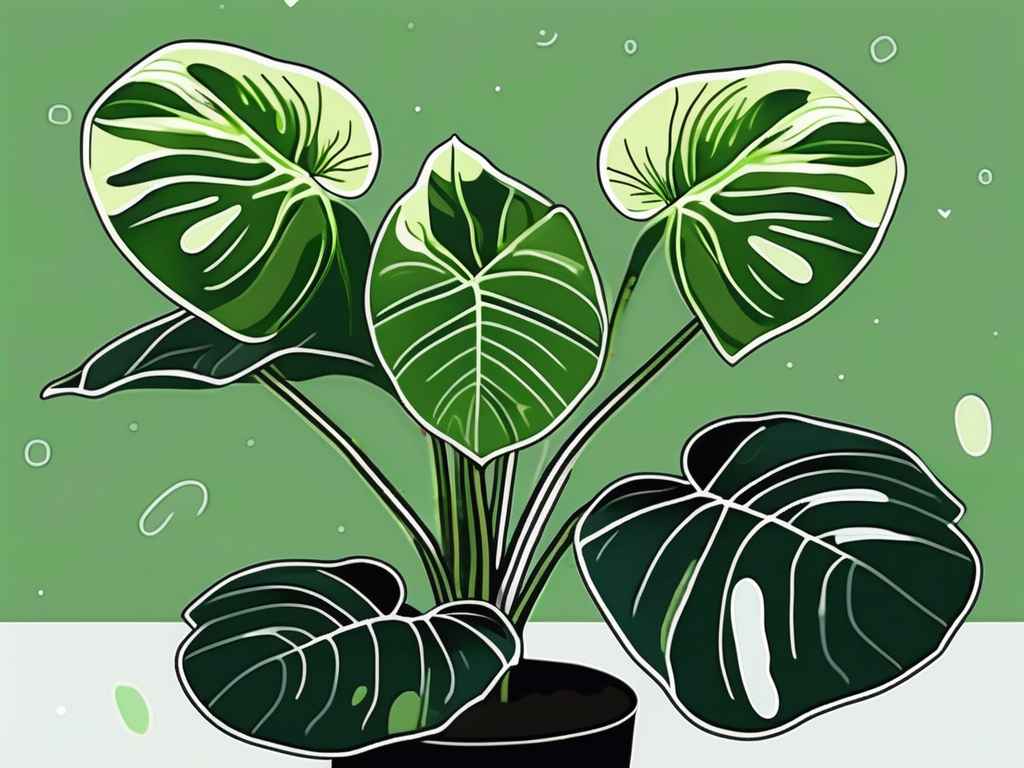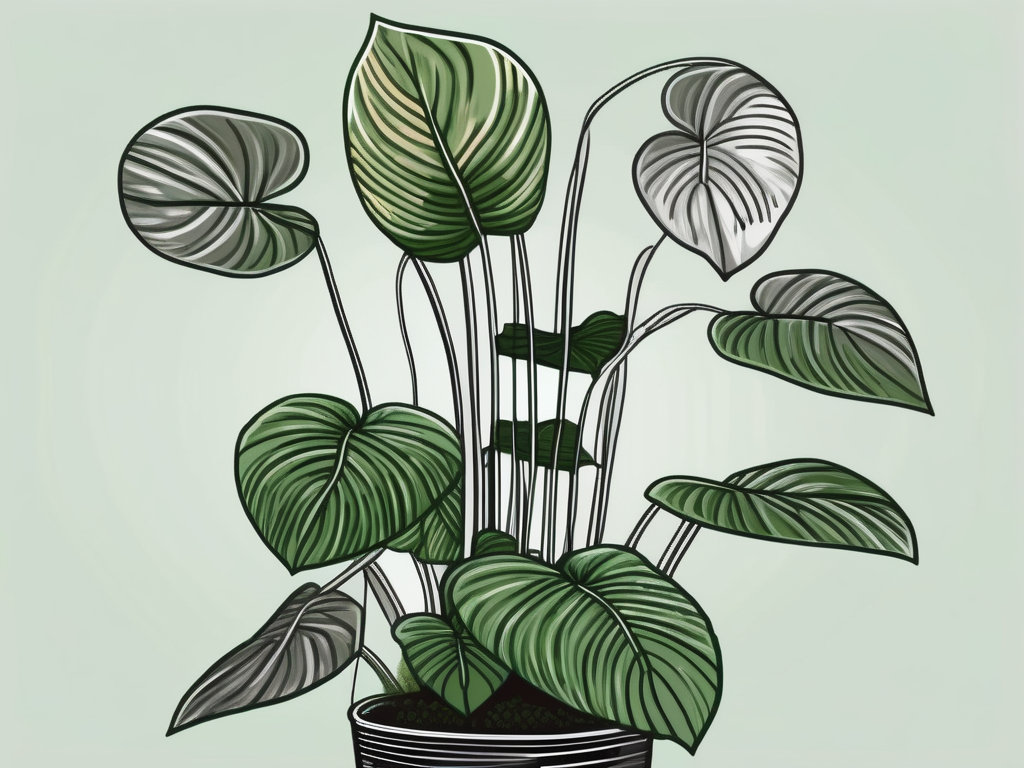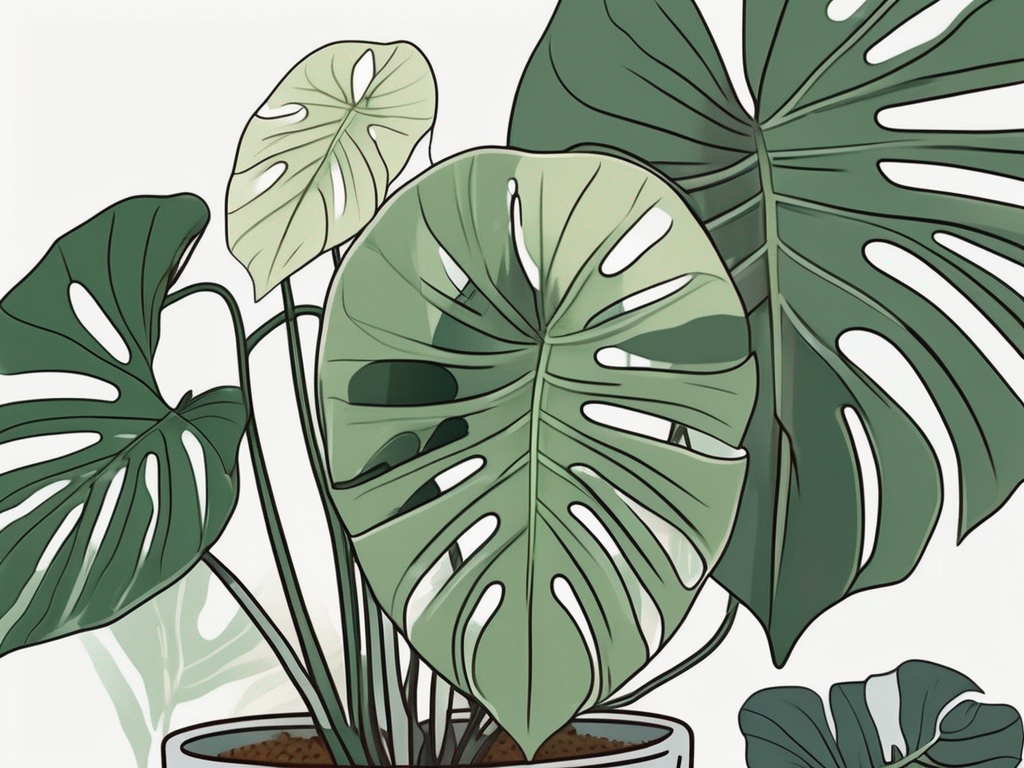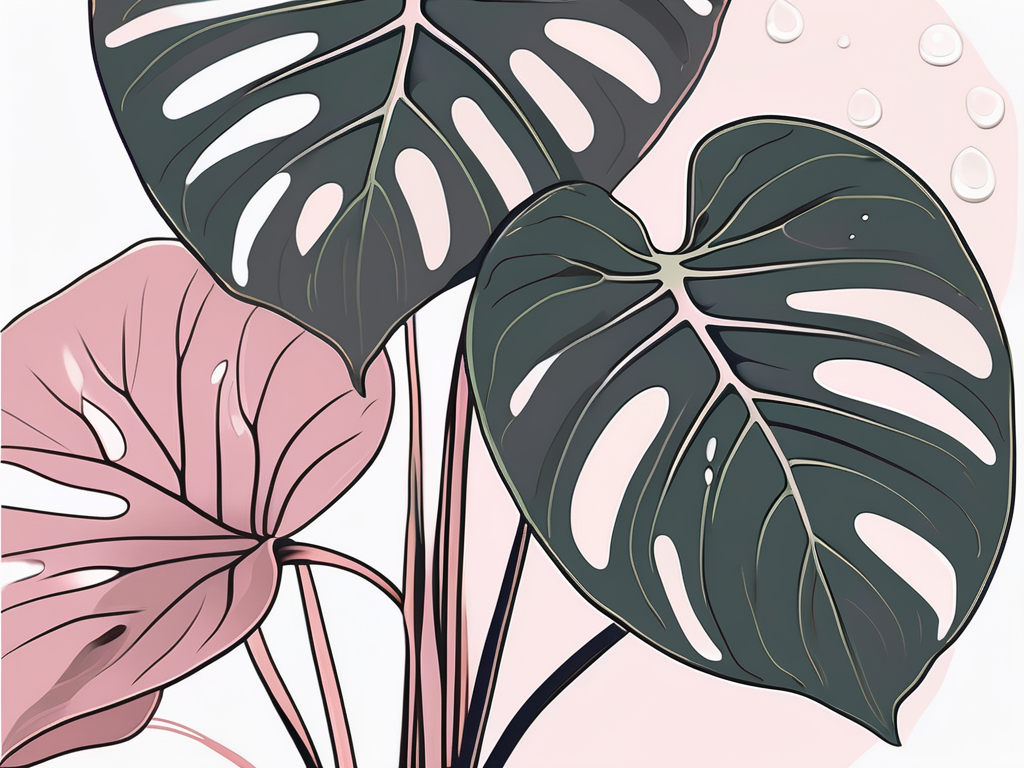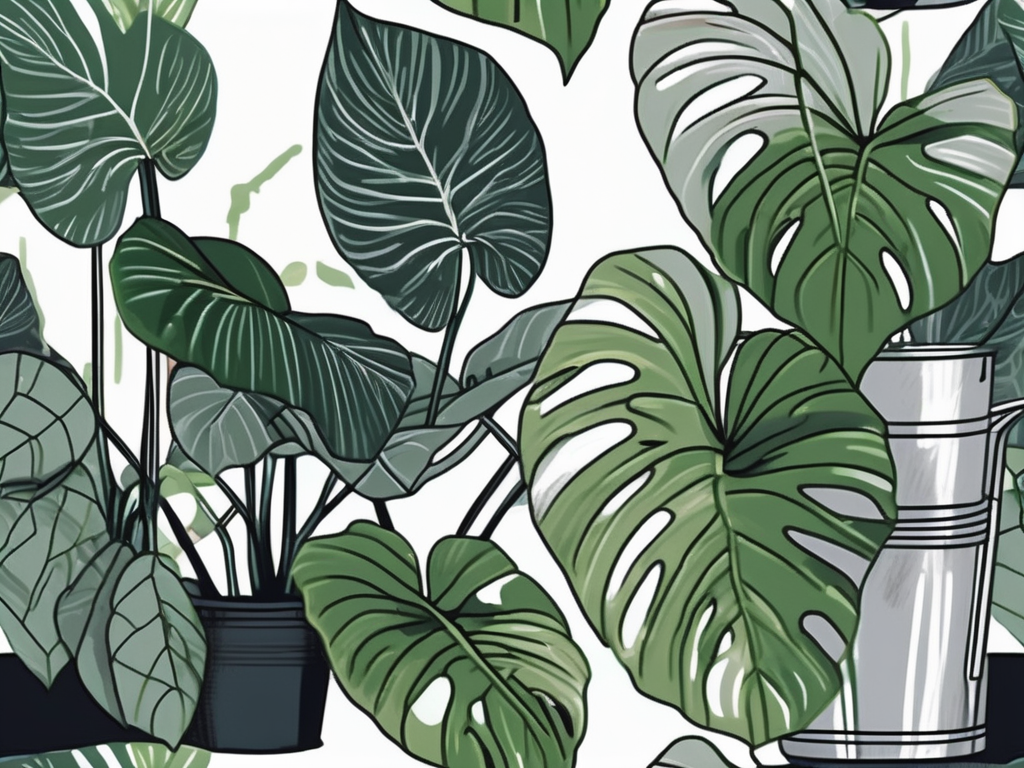
Philodendron Mamei, often admired for its unique and striking foliage, is a showstopper in any plant lover's collection. With its silvery, heart-shaped leaves, it adds a touch of elegance and mystery to any room. But bringing out the best in this beautiful plant requires a bit of know-how and a dash of patience.
In this guide, we'll walk you through everything you need to know to care for your Philodendron Mamei. From understanding its light and water needs to tackling pests and choosing the right soil, we'll cover it all. So, let's get started and turn your Philodendron Mamei into the thriving centerpiece of your indoor garden!
Light Requirements
One of the first things to consider when caring for a Philodendron Mamei is its lighting needs. This plant thrives in bright, indirect light. If you're wondering what that looks like, imagine the dappled sunlight filtering through a forest canopy—that’s the kind of light your Philodendron would encounter in its natural habitat.
While it can tolerate lower light conditions, you'll notice a difference in its growth and vibrancy. In low light, the plant may grow slower, and the leaves may not develop their characteristic silvery patches as vividly. So, aim to place it near a window where it can enjoy filtered sunlight.
On the other hand, avoid placing it in direct sunlight, especially during the peak midday hours. Direct exposure can scorch the leaves, leading to brown spots and a rather unhappy plant. If you're worried about too much sun, consider using sheer curtains to diffuse the light.
- Place near east or north-facing windows for optimal light.
- Avoid direct sun exposure to prevent leaf damage.
- Consider rotating the plant periodically to ensure even light exposure.
Remember, lighting can vary from season to season. During the winter months, you might need to move your plant to a brighter spot to compensate for the reduced daylight. And if you're using artificial lights, ensure they mimic natural light to keep your Philodendron happy.
Watering Tips
Watering is where most plant parents find themselves scratching their heads. But fear not, watering your Philodendron Mamei doesn't have to be a guessing game. This plant prefers its soil to dry out partially between waterings, striking a balance between moisture and dryness.
A good rule of thumb is to check the top inch of the soil. If it feels dry to the touch, it's time to water. Overwatering can lead to root rot, a common issue that can quickly become problematic. On the flip side, letting the plant dry out completely can cause stress and lead to wilting.
Here's a simple watering routine to follow:
- Check the soil moisture level weekly.
- Water thoroughly, allowing excess water to drain out of the pot.
- Reduce watering frequency during the cooler months when growth slows down.
Interestingly enough, the leaves of your Philodendron Mamei can offer clues about its water needs. If the leaves start to droop, it might be thirsty. Conversely, yellowing leaves can be a sign of overwatering. By paying attention to these signals, you can adjust your watering schedule accordingly.
Choosing the Right Soil
Soil is the foundation of plant health, and for the Philodendron Mamei, well-draining soil is the way to go. This plant thrives in a mix that retains some moisture but allows excess water to escape, preventing root rot.
When choosing a soil mix, look for one that combines peat moss, perlite, and orchid bark. This combination ensures that the soil remains aerated and prevents compaction, which can suffocate the roots.
Here’s a simple soil mix recipe you can try at home:
- 2 parts peat moss or coco coir
- 1 part perlite
- 1 part orchid bark
This mix offers a balance of moisture retention and drainage, creating an ideal environment for your Philodendron. If you're not up for mixing your own soil, you can also find pre-made aroid mixes at garden centers that work beautifully for this plant.
Keep in mind that soil quality can degrade over time. It's a good idea to repot your Philodendron Mamei every couple of years, refreshing the soil and providing the plant with new nutrients to support its growth.
Humidity and Temperature
Philodendron Mamei, like many tropical plants, enjoys a bit of humidity. Ideally, humidity levels should be around 60% or higher to mimic its natural environment. If your home tends to be on the dry side, especially during winter, you might want to consider ways to boost humidity.
An easy way to do this is by using a humidifier, which can benefit not just your plants but your skin and respiratory health too. Alternatively, you can place a tray of water with pebbles near the plant to naturally increase humidity through evaporation.
- Maintain humidity levels around 60%.
- Use a humidifier for consistent moisture.
- Avoid placing near heating vents or air conditioners that dry out the air.
Temperature-wise, Philodendron Mamei isn't too fussy but prefers a comfortable range between 65°F and 80°F. Keep it away from cold drafts or drastic temperature changes, as these can stress the plant and affect its growth.
By ensuring the right humidity and temperature, you’ll create a cozy home for your Philodendron Mamei, encouraging lush growth and vibrant foliage.
Fertilizing for Growth
To keep your Philodendron Mamei thriving, feeding it the right nutrients is crucial. During the growing season, typically spring and summer, the plant benefits from regular fertilization.
A balanced liquid fertilizer works well, providing the necessary nutrients without overwhelming the plant. You can dilute the fertilizer to half strength and apply it every 4-6 weeks during the active growing months. This approach ensures steady growth and vibrant leaf color.
- Use a balanced liquid fertilizer every 4-6 weeks.
- Reduce feeding during the fall and winter months.
- Always follow the instructions on the fertilizer package to avoid overfeeding.
Remember, more isn't always better when it comes to fertilizing. Too much fertilizer can lead to salt build-up in the soil, which can harm the roots. If you notice any white residue on the soil surface, it might be time to flush the soil with water to remove excess salts.
By keeping an eye on your fertilizing routine, you can support your Philodendron's growth while avoiding potential pitfalls.
Repotting and Pruning
Repotting your Philodendron Mamei isn't something you'll need to do frequently, but it's an important step in maintaining plant health. Generally, repotting every 2-3 years is sufficient, or sooner if you notice the roots are crowded or poking through the drainage holes.
When it’s time to repot, choose a pot that's one size larger than the current one. This gives the roots room to grow without overwhelming them with too much space. Refresh the soil with a new mix to provide fresh nutrients and a healthy environment for continued growth.
Pruning, on the other hand, can be a more regular task. Regularly trimming dead or yellowing leaves helps the plant focus its energy on new growth. Additionally, pruning can help maintain a neat shape, especially if your Philodendron starts to get leggy or overgrown.
- Repot every 2-3 years or when the plant outgrows its pot.
- Use a pot one size larger to avoid root stress.
- Prune regularly to remove dead leaves and maintain shape.
By staying on top of repotting and pruning, you'll ensure your Philodendron Mamei remains healthy and vibrant, ready to impress with its stunning foliage.
Dealing with Pests
Like many houseplants, Philodendron Mamei can sometimes fall victim to pests. Common culprits include spider mites, aphids, and mealybugs. While these pests can be a nuisance, they're usually manageable with a little diligence.
Regularly inspect your plant for signs of pests. Look for webbing, tiny insects, or sticky residue on the leaves. If you spot any of these signs, it's time to take action.
Here's a simple pest management routine:
- Isolate the affected plant to prevent spreading.
- Wipe down the leaves with a damp cloth to remove visible pests.
- Use insecticidal soap or neem oil for stubborn infestations.
Persistence is key when dealing with pests. Regular monitoring and prompt action can prevent a small problem from becoming a major headache. And remember, a healthy plant is less likely to attract pests, so maintaining good overall care practices is your first line of defense.
Designing with Philodendron Mamei
Now that you've got the care basics down, let's talk about incorporating your Philodendron Mamei into your home decor. With its striking foliage, this plant can be a stunning focal point in any room.
Consider using decorative pots to complement the plant's beauty. Ceramic or terracotta pots can add a touch of warmth and elegance to your space. Alternatively, hanging planters can create an eye-catching display, adding vertical interest to a room.
When grouping plants, consider pairing your Philodendron with plants of varying heights and textures. This creates a dynamic display and enhances the visual appeal of your indoor garden.
- Choose decorative pots to enhance the plant's appearance.
- Use hanging planters for a unique display.
- Group with other plants for a layered, textured look.
By thoughtfully incorporating your Philodendron Mamei into your home decor, you can create a space that's not just beautiful but also feels alive and inviting.
Common Challenges and Solutions
Even with the best care, you might encounter a few hiccups along the way. Here are some common challenges Philodendron Mamei owners face and how to tackle them.
Yellowing Leaves: This can be caused by overwatering, underwatering, or poor light conditions. Check your watering schedule and light exposure to address the issue.
Brown Leaf Tips: Often a sign of low humidity. Try increasing humidity levels with a humidifier or pebble tray.
Leggy Growth: This usually indicates insufficient light. Move the plant to a brighter spot to encourage fuller growth.
- Adjust watering and lighting to resolve yellowing leaves.
- Increase humidity to prevent brown leaf tips.
- Provide more light to combat leggy growth.
By recognizing these challenges and addressing them promptly, you can keep your Philodendron Mamei healthy and thriving.
Final Thoughts
From understanding its light needs to managing pests, caring for a Philodendron Mamei involves a bit of effort, but the rewards are well worth it. With its stunning foliage and unique character, this plant can become a cherished part of your indoor jungle.
At Cafe Planta, we're passionate about helping you care for your plants. Whether you're looking for new plant additions or need advice, we're here to assist. Reach out to us via email or follow us on Instagram for more plant tips and inspiration. Let's grow together!













